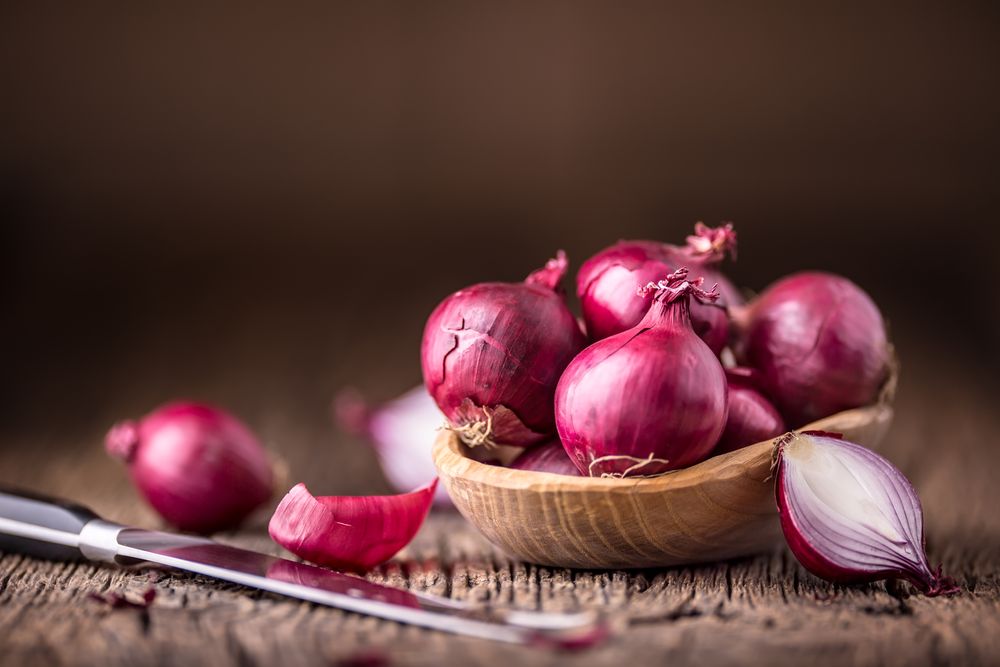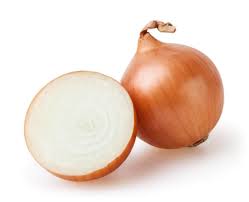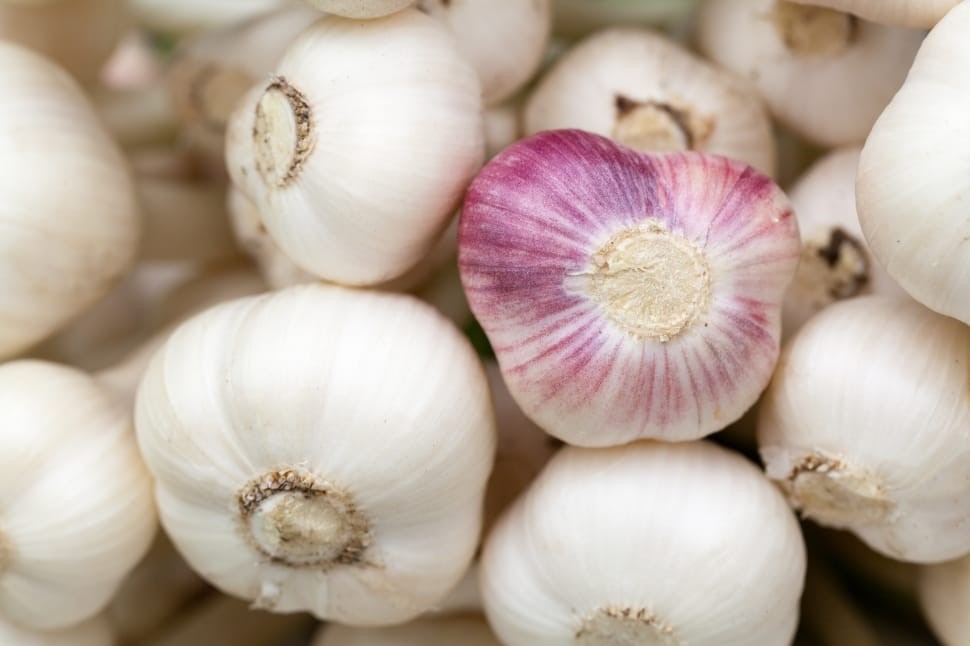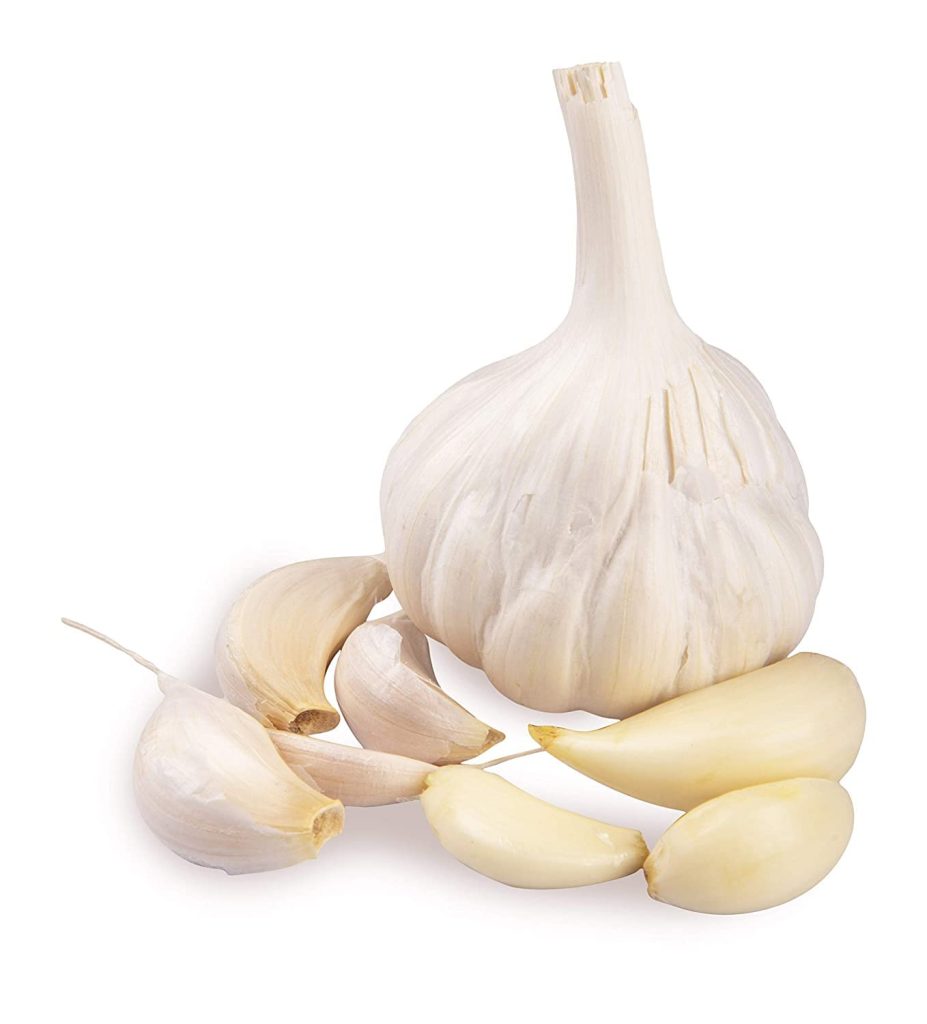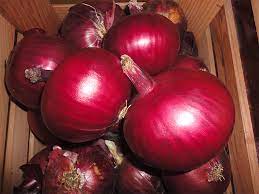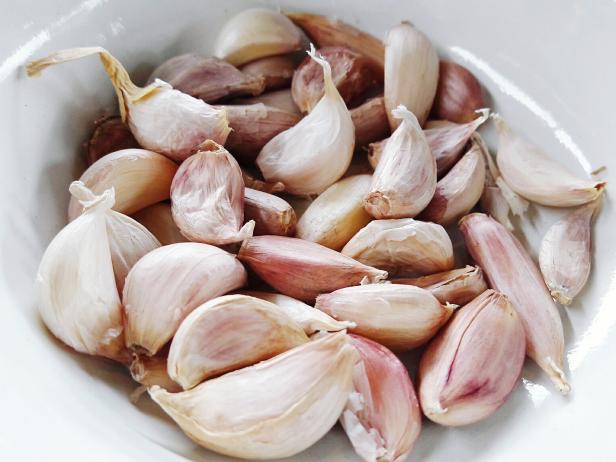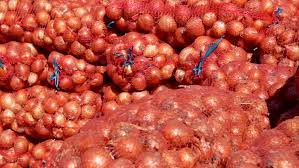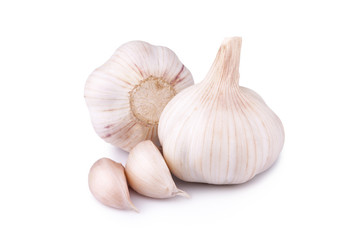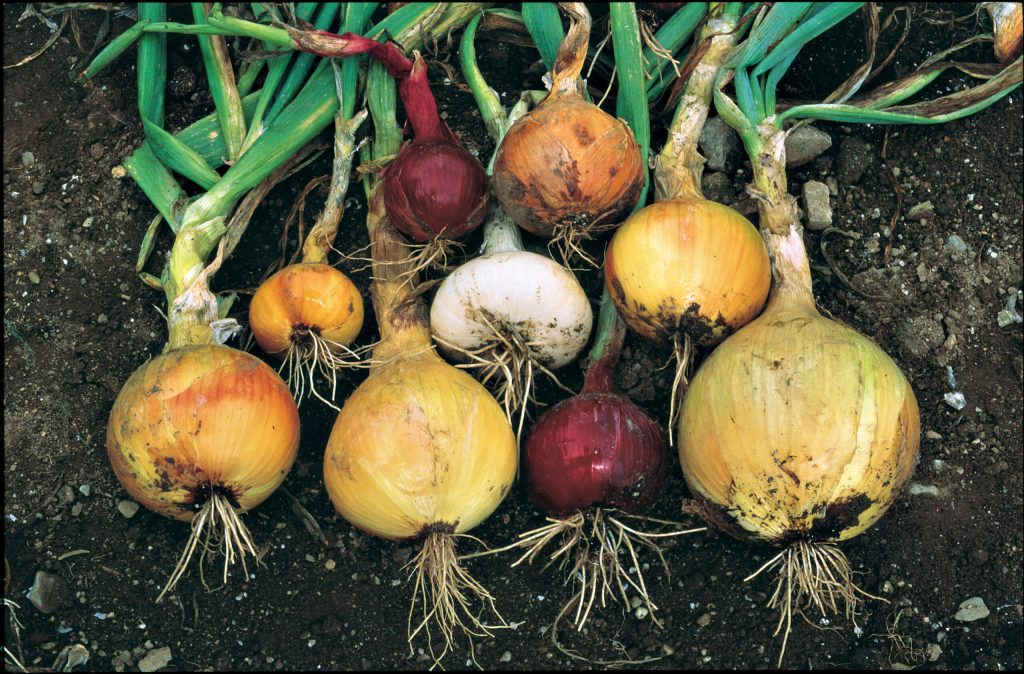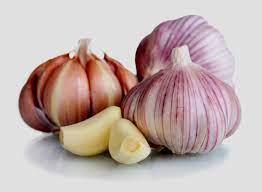Optimizing Onion Farming in Kenya: A Comprehensive Guide for Success
Are you in need of in-depth knowledge on onion and garlic production? If yes, we are a call away. Contact us for: Onion seedlings, Garlic seedlings, Germinated garlic cloves, Farm planning services, Soil testing, training on onion and garlic growing, Drip irrigation installation and maintenance, Agronomic support, Onion and Garlic value pack and Farm management. For free consultation, placing orders or booking a visit with an agronomist, please contact us via Call or what’s app +254703982228, Email: Info@oniondoctor.co.ke. You can also check out our social media handles for daily updates on TikTok: https://www.tiktok.com/@oniondoctorke?_t=ZM-8wmsTu0qumO&_r=1 Instagram: https://www.instagram.com/oniondoctorke?igsh=MTVoaHF3aWUydTJzaQ==Facebook:https://www.facebook.com/share/16SwgYn2dG/ Youtube:https://youtube.com/@oniondoctorke?si=u5Jnd-r0qU9UDYqL and Twitter: https://x.com/OnionDoctorKe?t=FR3JXlS_oN1vjjUgAtfyzg&s=09 Onion farming in Kenya is a lucrative venture that thrives in well-drained, fertile, sandy loam soils with an ideal pH range of 5.8 to 6.8. This versatile crop can be cultivated throughout the year, thanks to the accessibility of irrigation. Ideal Conditions and Year-Round Cultivation: Onions flourish in temperatures between 13 – 35 degrees centigrade, making them suitable for growth in most parts of Kenya. To enhance production in hotter regions like Ukambani and the Coastal area, investing in a greenhouse with drip irrigation is crucial. Greenhouses regulate temperatures, and irrigation ensures a consistent water supply, especially in dry areas. Requirements and Varieties: Beyond land, essential requirements for onion farming include DAP Fertilizer and seedlings. Precision matters – 1 kg of seedlings per acre and 20 grams of DAP Fertilizer per square meter. Highlight the significance of choosing the right seed variety; in Kenya, popular hybrid varieties like Red Creole, Red Pinnoy, Jambar 1, and Red Bombay are available. The Jambar F1 variety is particularly favored for its high yield and larger onion size. Challenges and Solutions in Onion Farming: a. Rains or Excess Watering: Address the challenge of water logging due to excess rain by emphasizing suitable planting seasons. Promote raised beds and the use of drip irrigation to prevent waterlogging. b. Diseases: Highlight common onion diseases like Downy Mildew and effective solutions such as herbicides. c. Pests: Discuss prevalent pests like maggots and nematodes, advocating for accredited pesticides. d. Weeds: Emphasize the importance of weed control through physical removal or herbicide use. Harvesting Best Practices: Guide farmers on optimal harvesting times – dry seasons for bulb onions with a shiny membranous cover and when foliage withers. For spring onions, harvesting is ideal when they reach 15 centimeters in height and 1.5 centimeters in thickness. Onion Doctor’s Support for Farmers: Highlight Onion Doctor’s role in supporting smallholder farmers across Africa. Mention services such as quality and affordable onion and garlic seedlings, farm planning, soil testing, drip irrigation installation and maintenance, agronomic support, value packs, farm management, e-extension, and on-farm training.
